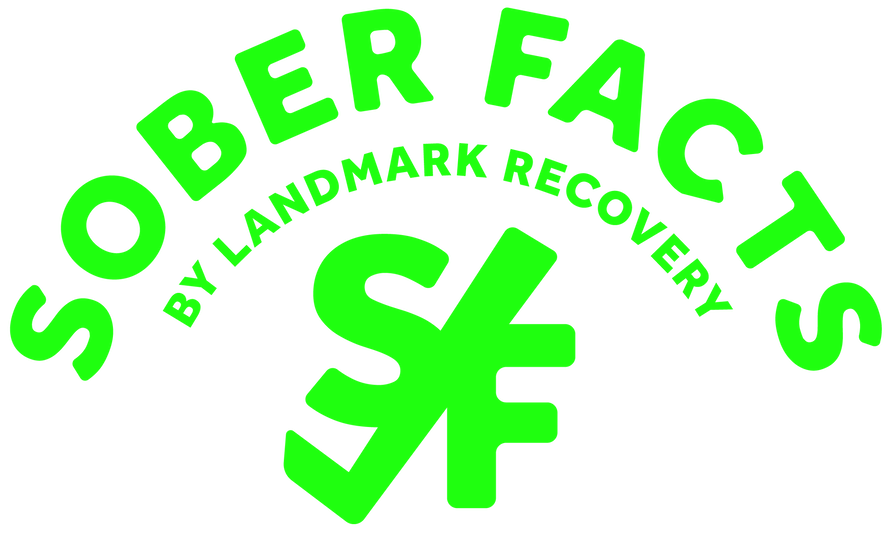Choosing recovery close to home means your support system is just a few miles away.
- 100% Confidential
- Available 24/7
- No Pressure to Commit
- Multiple Financial Options Available
Choosing recovery close to home means your support system is just a few miles away.

Sounds Like: hair.oh.when
Classification: Opioid Analgesic
Controlled Substance Act Schedule: I
Other names for Heroin

Coming from the poppy plant, heroin is an opioid substance that’s been around for a very long time historically. Heroin is normally seen in a powder form that can be heated and injected by the user. Users can be at severe risk for HIV due to needle sharing in the recreational drug community.
Heroin can be used in multiple other ways, including snorting, ingesting, and smoking in addition to combinations made with other drugs like cocaine (known as “Speedball”). “Black tar” heroin is a cheaper, risky, “dirty” version of heroin with higher amounts of impurities that color the product. Synthetic opioids, like fentanyl or methadone, present a large amount of risk to heroin users due to being unknowingly present in doses, causing a much lower threshold for overdosing.
Heroin is an opioid drug in the same family as the pain relievers we commonly associate with opioid addiction. At first, it was available commercially from Bayer as a “non-addictive” alternative to cocaine, but this was quickly proven wrong; it was formally outlawed as a freely available substance in the US by the Harrison Narcotic Act of 1914.
Today, when we think of opioid addiction, we think of painkillers like oxycodone, fentanyl, hydrocodone, tramadol, codeine, or some other drug ending in -ine or -one. This is largely true, as they all work as opiate analgesics that block pain. Organically derived opioids originate from the opium poppy, which has been in cultivation for thousands of years. The synthetic/semisynthetic opioids, like fentanyl and the “codones”, are produced in labs. Fentanyl is about 100 times as powerful as morphine.
Need help with Heroin or another drug addiction?
Call Landmark Recovery and speak with an admission specialist today.
Call NowWe're available 24/7 to help you find Recovery
As an opioid analgesic, heroin is used in some rare instances under medical supervision. Other drugs are more effective or do what heroin does better.
One can take heroin via injecting it, ingesting it, or snorting it. Injecting heroin is the most common way people take it.

A heroin overdose happens when the breathing and heart rate are reduced to a fatal degree. Usually, respiratory arrest is the killer of overdosing individuals. Nausea and vomiting happen commonly with opiates due to the location of some of the receptors in the brain. Severe constipation can occur with opiate use, regardless of whether the drugs are being administered at proper therapeutic doses or being abused. Side effects include:
If someone develops an addiction to heroin, they will likely seek the drug on the street considering diacetylmorphine is not prescribed outside of narrow clinical or medical circumstances. It’s very easy to become addicted to heroin and therefore withdrawal symptoms universally happen in those who take the drug. Withdrawal symptoms include:
Over 107,000 people died from an opioid overdose between Summer 2020 and Summer 2021.
Much of the world’s supply of heroin base materials originates in Afghanistan.